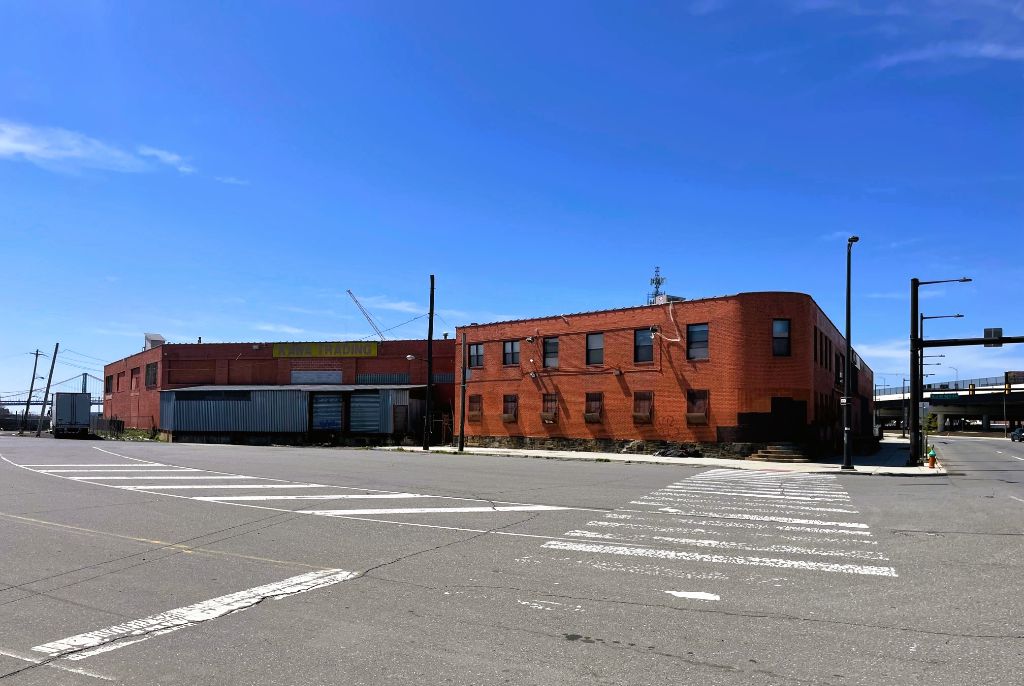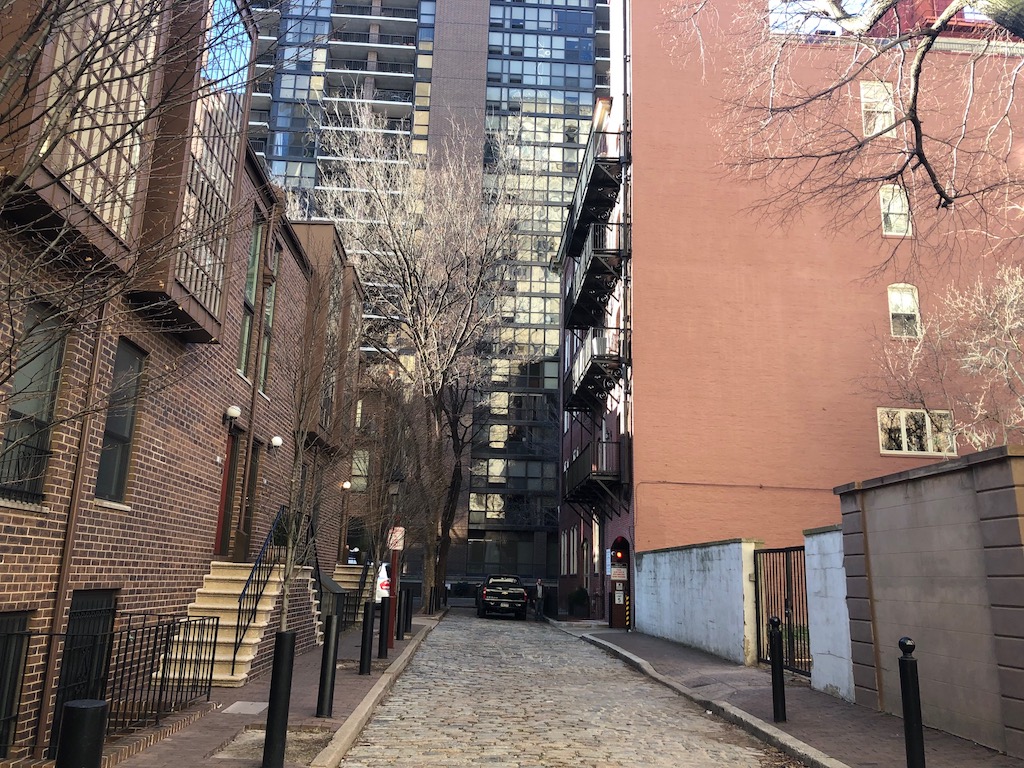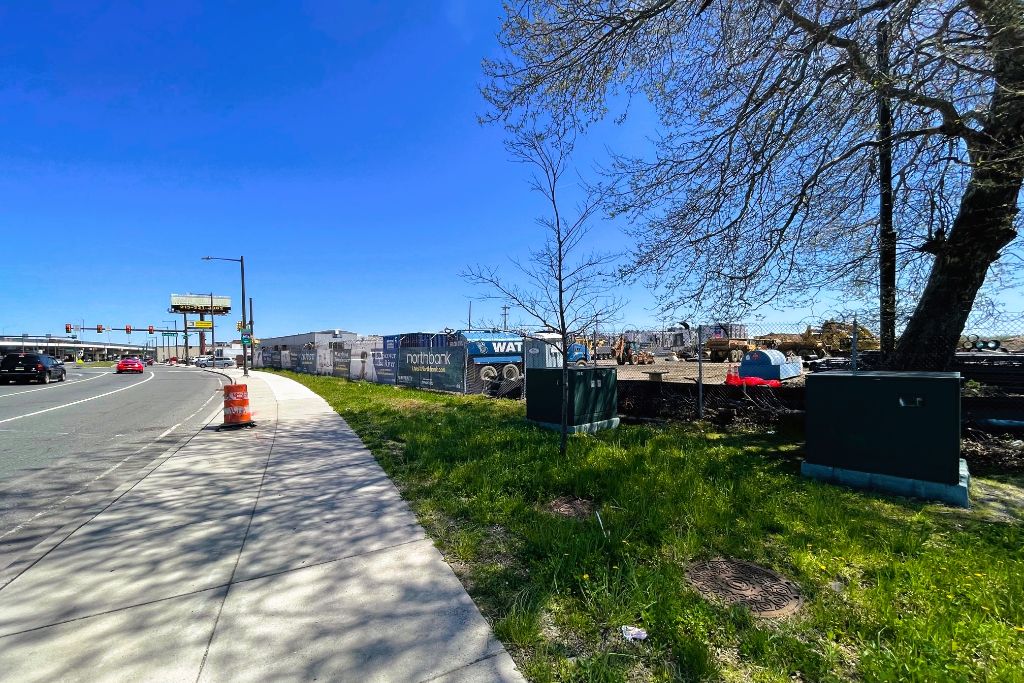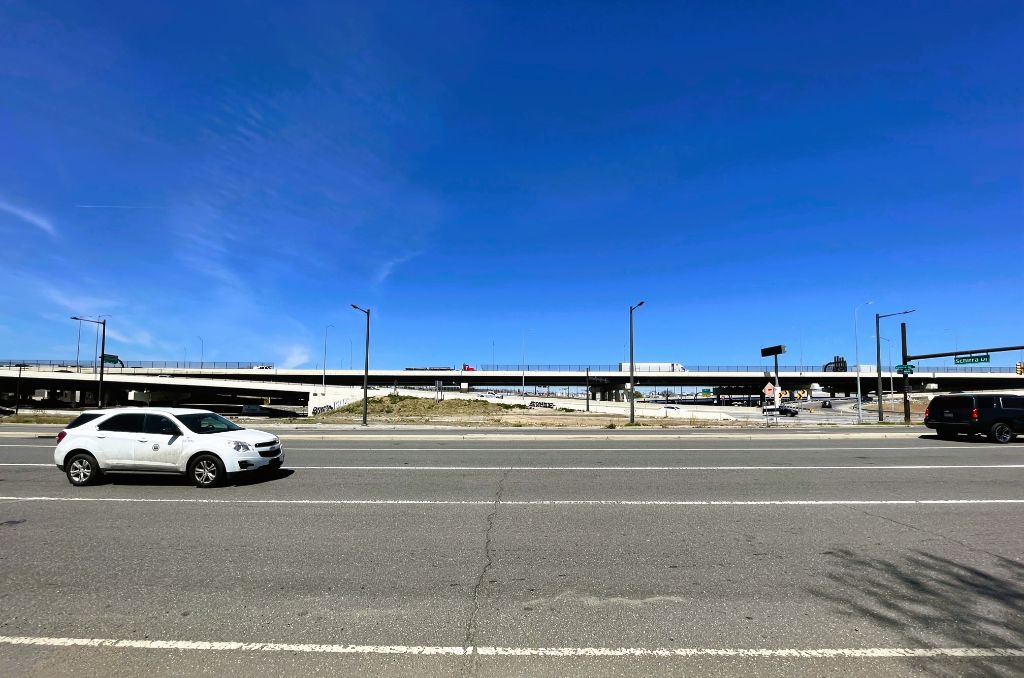Society Hill is one of the wealthiest neighborhoods in Philadelphia, thanks to its central location and status as a historic district. This was not always the case, as anyone can attest if they’re old enough to remember what this town was like in the years after World War II. Shortly after he became mayor in 1956, Richard Dilworth made the decision to move to Society Hill to demonstrate his commitment to the revitalization of downtown Philadelphia, and that neighborhood in particular. He ultimately moved into a home at 223 S. 6th St., on the eastern side of Washington Square Park. While this is some of the most desirable real estate in Philadelphia in 2019, Dilworth’s choice of residence was considered a bold statement back then, and people in the neighborhood still point to his former home as a powerful symbol of the beginning of the resurgence of Center City.

In looking at the building’s colonial-style architecture, you might guess that it dates back a few hundred years, like so many other buildings in the area. But you’d be totally incorrect- the building was newly built for Mayor Dilworth after the renovation of the home previously on the site proved too costly. The architect of the home, G. Edwin Brumbaugh, designed it to look like it had been part of the fabric of the neighborhood forever, and to the untrained eye it’s a pretty good effort. And yet, to the trained eye (ie the Historical Commission), the building is still considered historic. As we said, Mayor Dilworth moving to this home was considered a historic gesture, and it’s this history, not the bricks themselves, that form the basis of this building’s historic designation. So you can understand why the neighborhood was more than a little miffed when a developer bought the property eighteen years ago with the intention of tearing it down.
Here’s the short version: developer John Turchi Jr. bought the property in 2001, first planning to move into the home. Then he pivoted to a plan that called for demolition with an eye toward a condo tower. Next, he proposed partial demolition and a taller condo tower. Then the project got tied up in the courts for years, before Turchi finally came out with a victory in Commonwealth Court. That was a few years back, and as you can see from the photo above, Dilworth House remains intact, and actually much worse for wear after a number of years of vacancy. So now what?



Last month, the owners of the property pulled a zoning permit for a partial demolition of the Dilworth House and the construction of a residential tower with 10 apartments and 20 underground parking spaces, accessed via electronic valet. It appears that these permits were pulled as a matter of right, which would lead us to believe that whatever the courts ruled a few years back still applies today. We don’t believe, however, the Mr. Turchi is the party that’s developing the property. A Philly.com story from the summer of 2017 suggested that Turchi was shopping the property, and we can appreciate his thinking. He bought the building when he was in his late 50s. Now he’s in his late 70s and has an opportunity for a huge windfall without having to take on the risk of building anything. It’s purely speculation on our part, but we’d guess that Tom Scannapieco, the developer of the successful 500 Walnut condo building just a block away, would seem like a logical developer to take this project and run with it. Or it could be someone else. Or maybe even Mr. Turchi, who knows.
Given the number of years and dollars that went into fighting this project, we’re a little shocked we didn’t hear any noise about this property in the weeks since the permit was pulled. With by-right zoning permits now in hand though, the developer, whoever they might be, appear to be in position to move forward with a project here after a nearly two decade delay. Once that happens, this oddly vacant building will finally come back into active use, and one of the best properties in town will move in the direction of a higher and better use. And in keeping the front of the Dilworth House, this project will maintain a crucial link to a turning point in the history of Philadelphia, a turning point that ultimately led down a path to this property getting redeveloped into multi-million dollar condos.
For additional background on Dilworth House and its history and architecture, click here.
